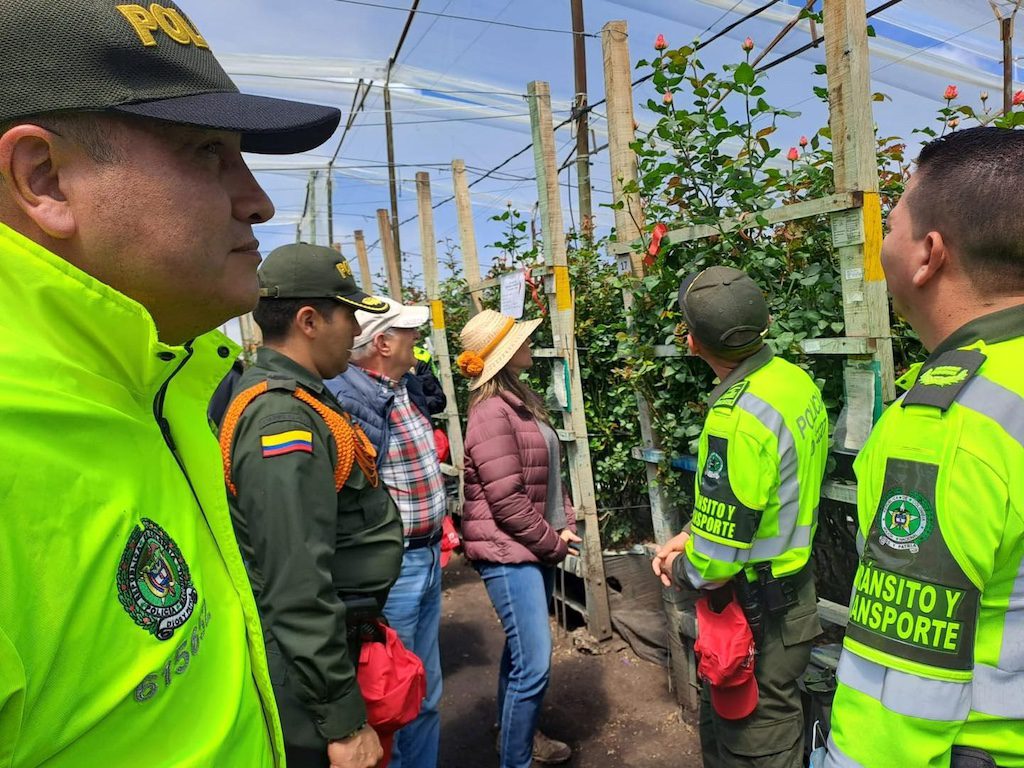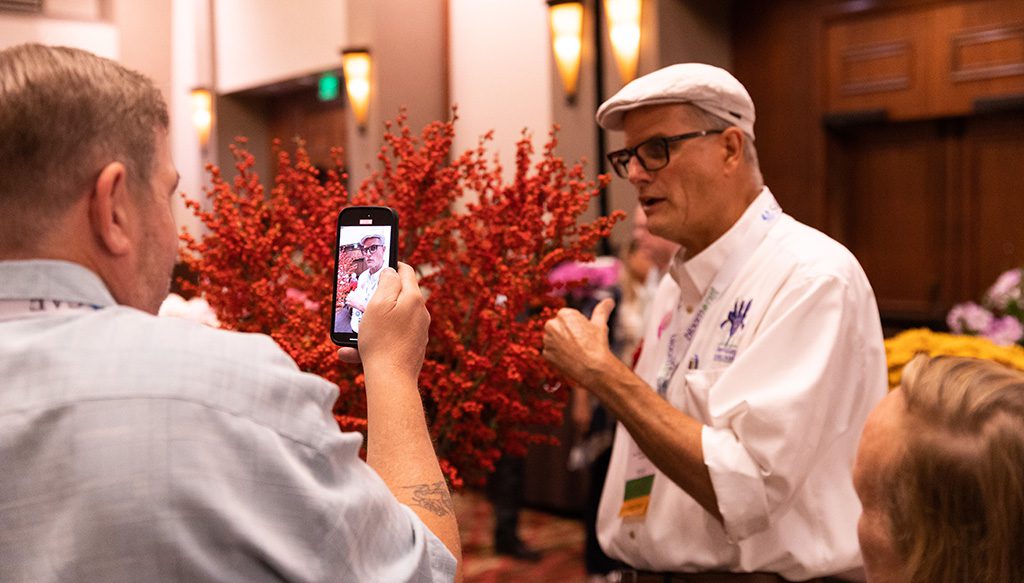
By Bruce Wright
Did you know that on average nearly 58,000 new horticulture jobs open up every year — but employers are hard pressed to find qualified candidates. Statistics from 2014 suggest that in that year, 39 percent of those positions went unfilled.
And while the shortage of recruits is here already, the real crisis looms in the near future. Enrollment in training and higher-education programs in horticulture is on the decline. Young people, many of whom live with their attention glued to their phones, suffer disproportionately from “plant-blindness”— a widespread affliction. The average American can recognize 1,000 logos but can identify fewer than 10 plants in the local environment.
Feeling down? Don’t be. Instead, feel inspired by the work of industry groups working to change those statistics. One at the forefront: Seed Your Future, a movement born in 2013, at a meeting of the American Society for Horticultural Science, that’s grown to embrace a coalition of more than 150 partners, from horticulture companies to nonprofits, schools and youth groups.
With funding from Ball Horticultural Company and Longwood Gardens, among others, the first phase of the Seed Your Future project has already launched: research. Surveys and focus groups confirmed that Americans, and especially young people, not only lack awareness but also entertain misperceptions about jobs in horticulture.
“If you don’t know about the diversity of those careers, your only image might be of someone gets paid to mow the lawn in the middle of the summer, which is a hot, sweaty job,” said Anna C. Ball, co-chair of Seed Your Future and president and CEO of the 111-year-old Ball Horticultural Company. “People don’t know that horticulture jobs can involve art, design, technology and science — jobs where you’re indoors and jobs where you’re outdoors. A lot of people we employ get out in the field or walk the greenhouses, but also work behind a desk. Horticulture jobs involve working with plants, but also doing business. There are a lot of good combinations.”
The phrase “green-collar jobs” nicely captures the idea of a different path from traditional office work or manual labor, she added. Researchers also confirmed that young people find the term horticulture “weird.”
“If you don’t know it, it’s a little hard to say,” said Ball. “And if you don’t know what it means, you might be afraid to say it.”
The kids were quite willing, however, to suggest alternatives. Job descriptions such as “plant specialist” or “plantologist” were among many they threw out.
A common misperception is that horticulture jobs are low-paid across the board. At the same time, Seed Your Future’s research revealed that young people are motivated by more than money. Many have a strong desire to make an impact on the world around them. On that basis, horticulture has urgent appeal. What remains is to make the connection — to show how.
Find out more about Seed Your Future during SAF Palm Springs 2018, the Society of American Florists’ 134th annual convention — next week! — in Rancho Mirage, California.
Bruce Wright is a contributing writer for the Society of American Florists.










